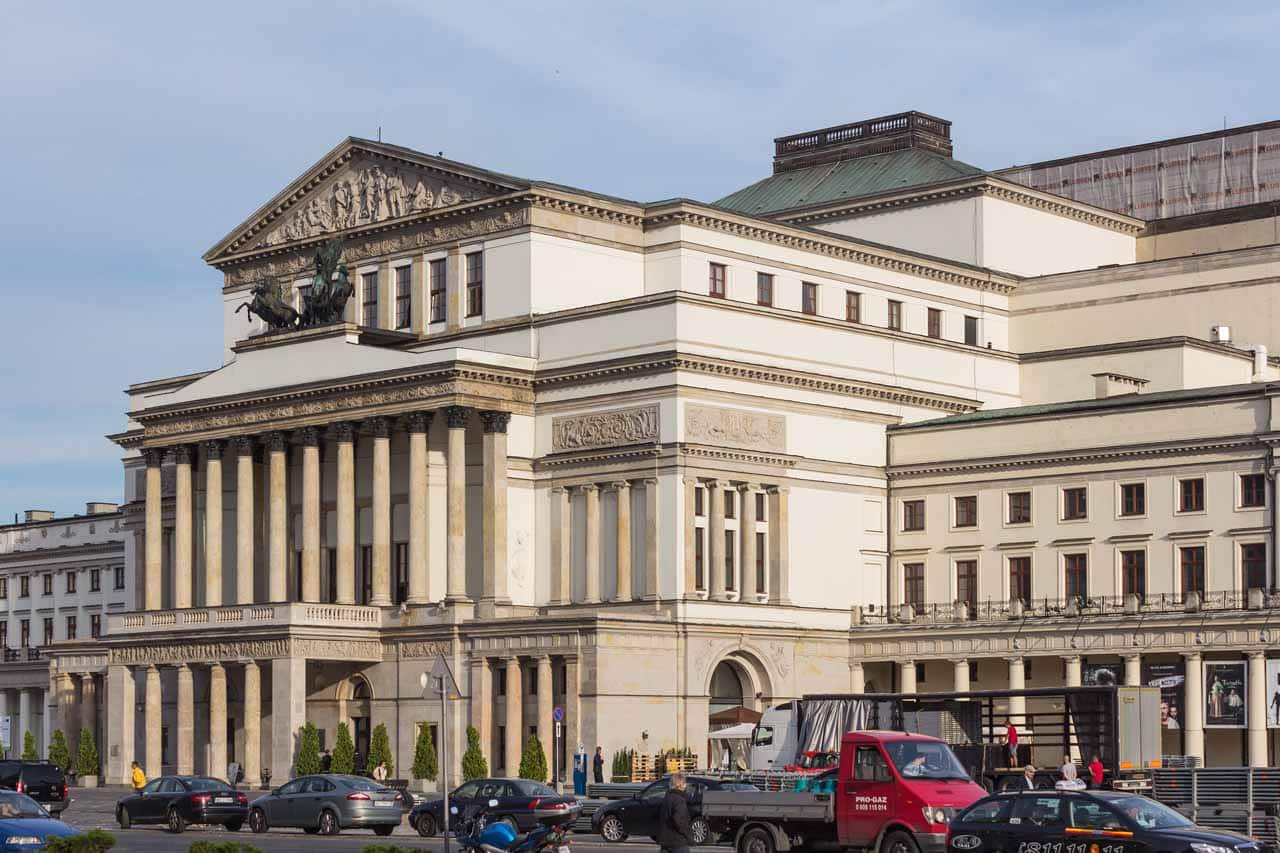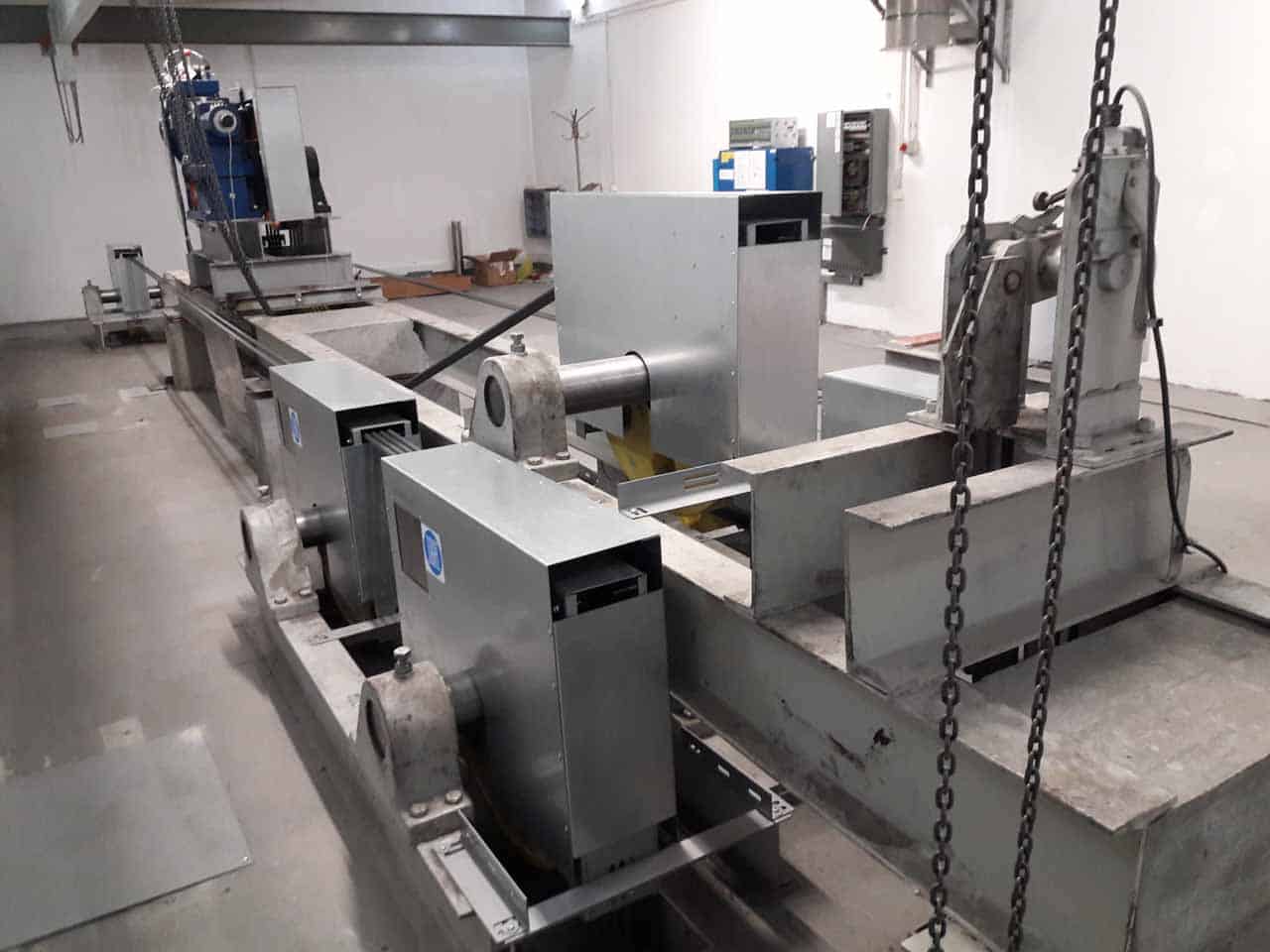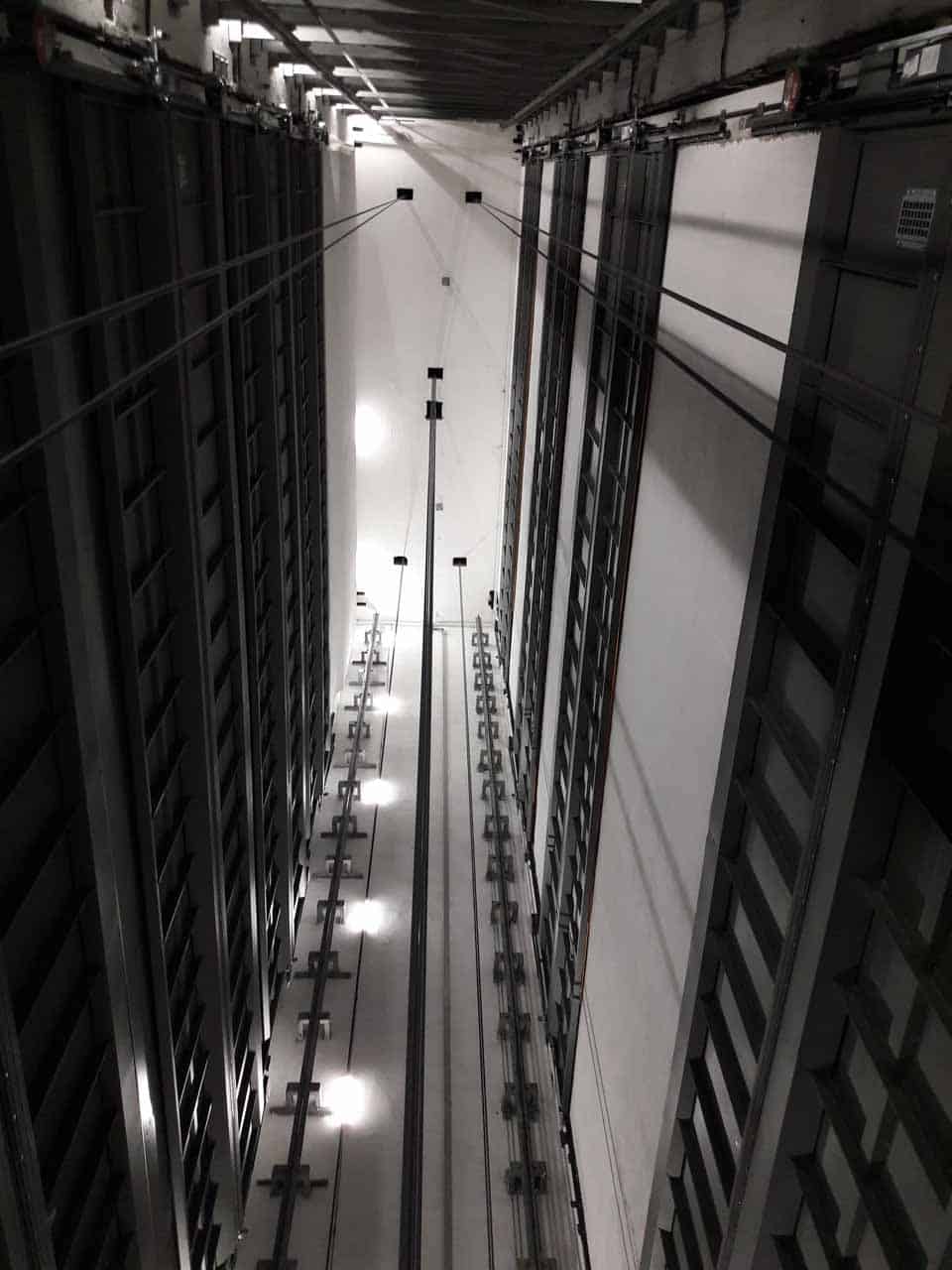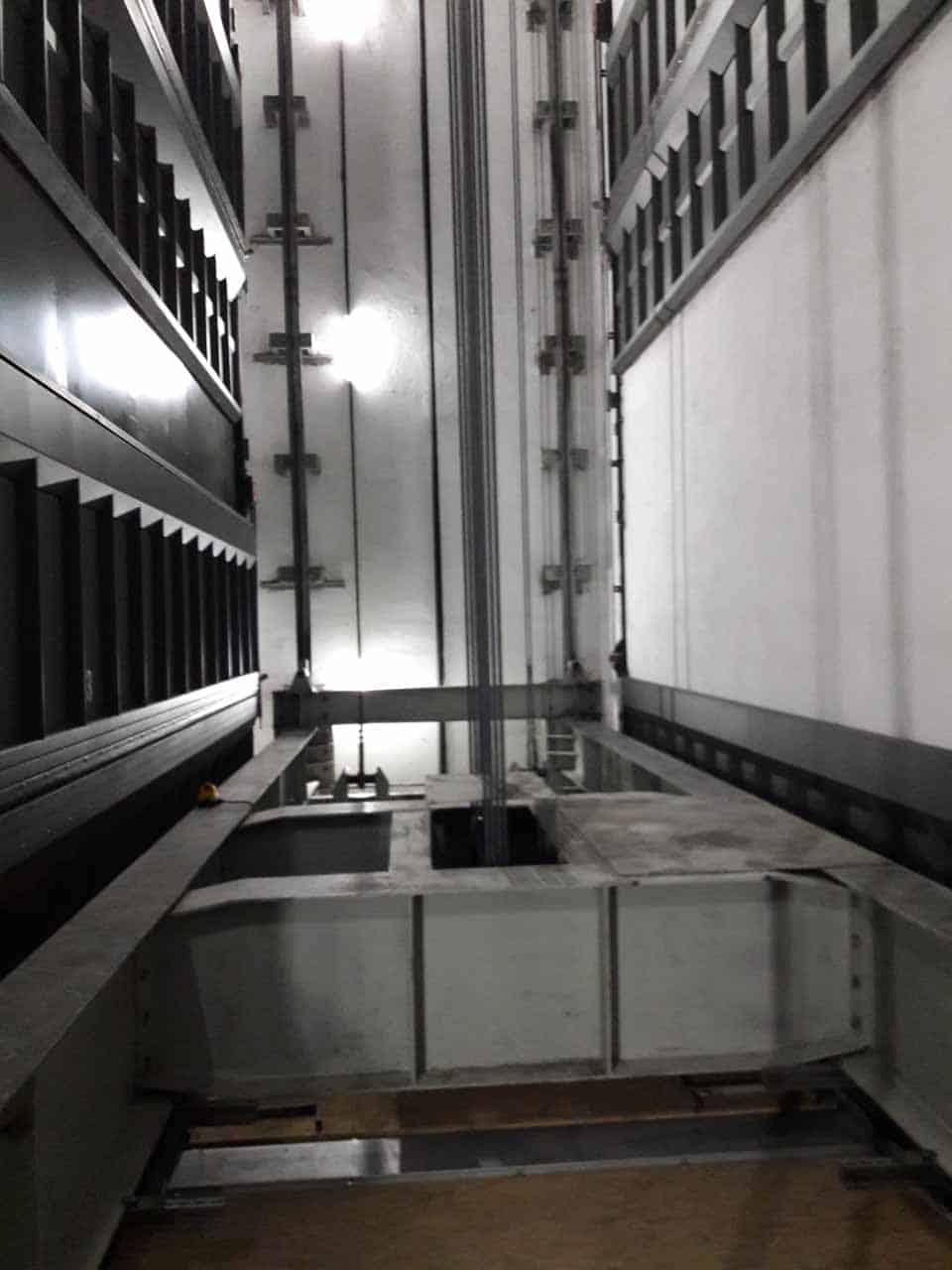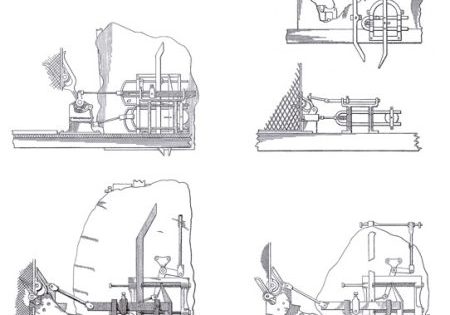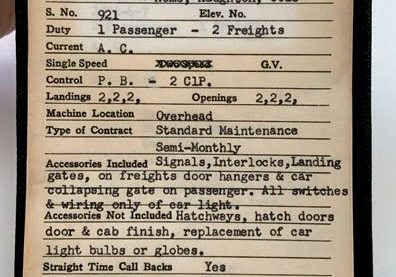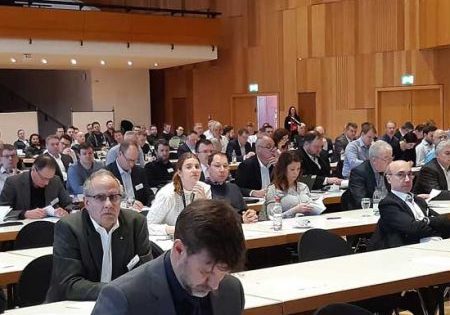Freight elevator modernization included replacement of huge doors, the likes of which most mechanics will never encounter.
Elevator modernizations almost always pose unique challenges. Current products are not always a direct replacement; field staff typically are not familiar or trained on every type of modernization possible; and there are the unknowns. Modernizing a true freight elevator presents its own challenges. Unlike passenger/service elevators (or escalators), modernizing a freight elevator with vertical-sliding doors is an uncommon project. A project with doors spanning nearly 30 ft is something most mechanics will never work on in their careers.
The modernization of two freight elevators at the historic National Theatre in Warsaw, Poland, presented just such a rarity. These large elevators are used for transporting set decorations and other large pieces used in productions that include drama, ballet and opera. With dimensions of about 31 ft wide and 10 ft deep, modernizing the elevators would clearly present challenges — not the least of which was the fact that there was no indication of who manufactured the original doors. Freight door manufacturer Peelle collaborated with Otis Poland for the task and immediately saw it would need to adapt its process and product to the existing conditions. Thanks to accurate field surveys, precise engineering and skillful manufacturing and installation, the companies were able to complete the project to the client’s satisfaction.
The project involved the modernization of two elevators: one with two stops and one with 11. Control systems, machines, landing doors and car enclosures were part of the modernization scope. Each car with frame and accessories weighs 12 T. and moves on four guide rails. Each elevator, balanced against three counterweight modules running on six guide rails, has a capacity of 6600 lb. The door openings are about 28 ft wide, 8 ft tall and fitted with Peelle biparting doors.
Because of the door panels’ width and weight, one of the challenges was to ensure they stay closed and locked when not in use. A traditional freight elevator door setup would include a lock on one side, but these large doors received double locks with additional cams to unlock them when in use. Heavy-duty Peelle operators and leaf chains were also required to energize the counterbalanced door panels. Finally, the doors were fitted with safety devices to stop door movement in the event of a chain break. The project was completed in September 2018.
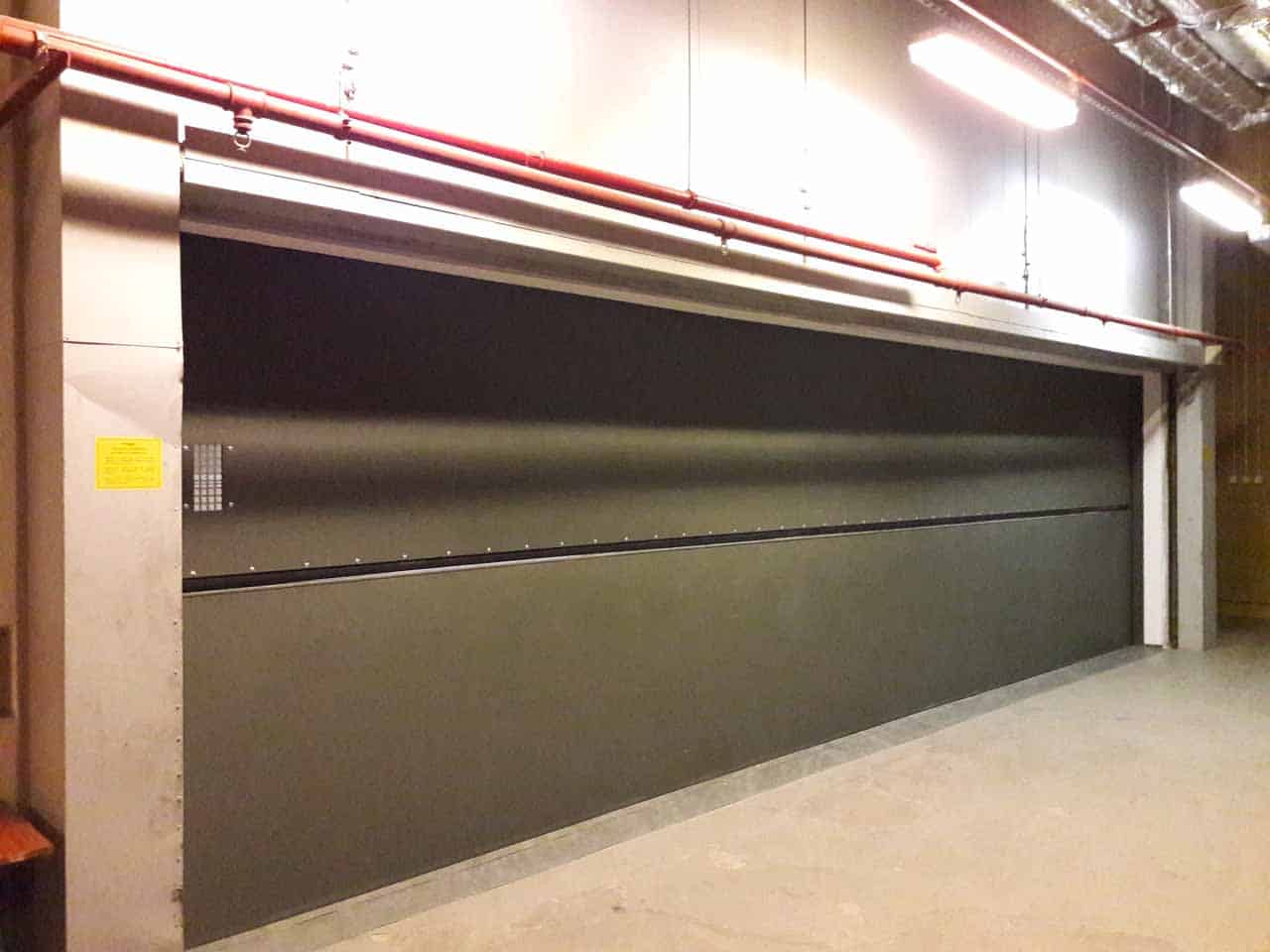
Get more of Elevator World. Sign up for our free e-newsletter.


